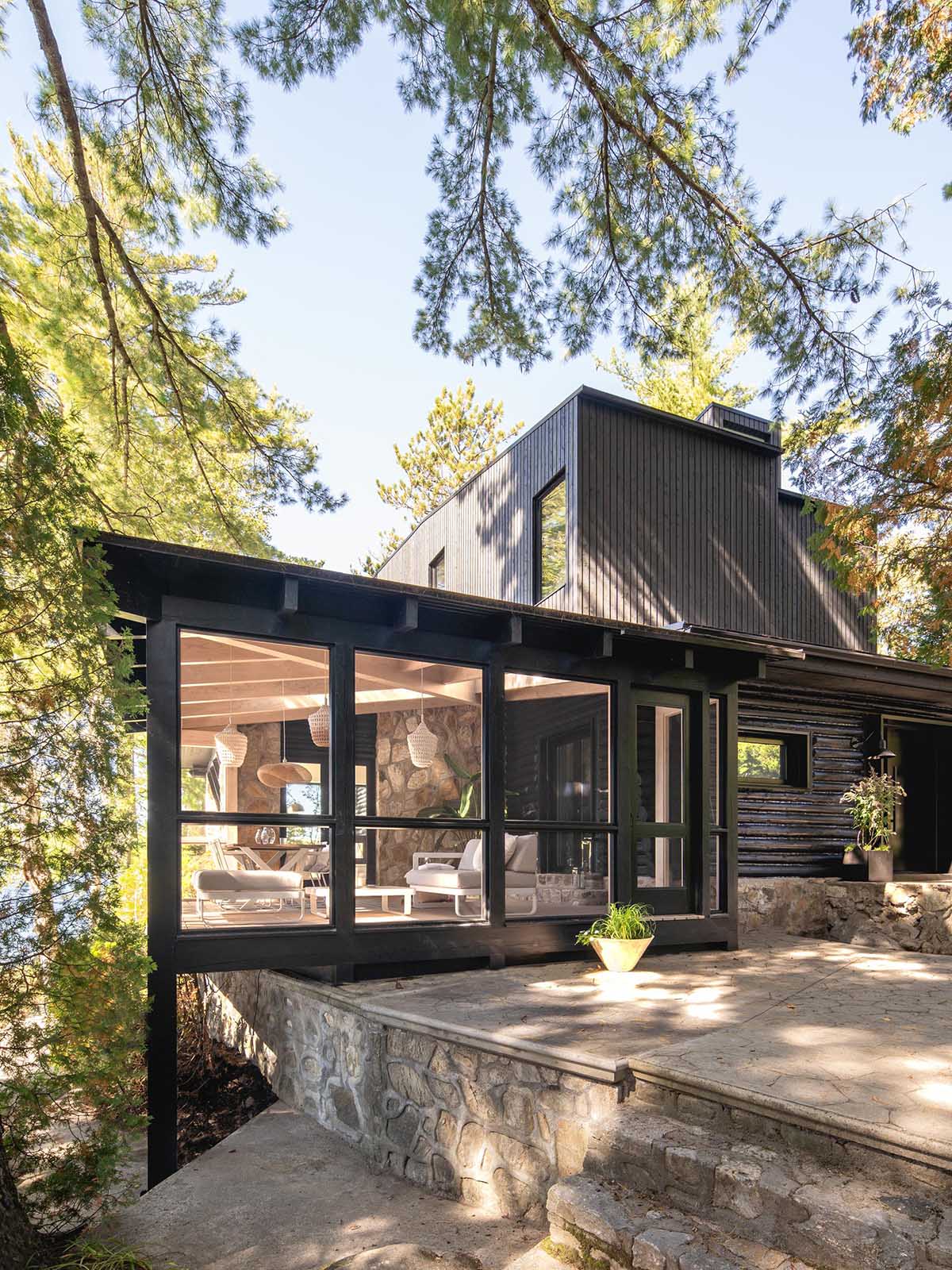Table Of Content

Geodesign builds greatly on a long history of work in geographic information science, computer-aided design, landscape architecture, and other environmental design fields. The industry sees the inclusion of geodesign functionality as a natural extension of the developing standards being seen in the GIS arena. Geodesign cannot function without the underlying support of GIS as it requires accurate and precise base maps to work with but the industry is expected to see more planners rather than GIS professionals using the available tools.
People Powered Projects
The Geodesign program helped me realize my passion for spatial science and cartography, which led me to pursue an international Masters in Cartography from the Technical Universities of Munich, Vienna and Dresden. I am so grateful for my time as a Geodesign student and all of the personal connections and professional opportunities it gave to me. While at the Spatial Sciences Institute, I met an array of amazing people who not only became great friends but also an invaluable part of my professional network. This semester plan represents an example progression through the major. Actual courses and course order may be different depending on the student's academic record and scheduling availability of courses.
The International Geodesign Collaboration: Changing Geography by Design

Geodesign provides a design framework and supporting technology for professionals to leverage geographic information, resulting in designs that more closely follow natural systems. Esri’s GeoPlanner for ArcGIS Online now supports the entire geodesign workflow, from project initiation, to data management, to condition assessment, to the creation of alternative designs, to their evaluation, and to the creation of final reports. GeoPlanner’s most valued feature, however, is that it supports collaboration and is extremly easy to use. The structured approach to data mapping that is employed by GIS solutions can now be applied to data in many different physical, economic and social arenas.
University of Florida
Bringing science into the design process without compromising the art of design is enabled by the new tools and enhanced workflows of geodesign. The theory underpinning Geodesign derives from the work of Patrick Geddes in the first half of the twentieth century and Ian McHarg in its second half. They advocated a layered approach to regional planning, landscape planning and urban planning. Through the work of Jack Dangermond, Carl Steinitz, Henk Scholten and others the layers were modeled with Geographical Information Systems (GIS).[11] The three components of this term each say something about its character. 'Geographical' implies that the layers are geographical (geology, soils, hydrology, roads, land use etc.).
One of the keynote speakers at the 2020 Geodesign Summit, now in its 11th year, was Esri president Jack Dangermond, who has employed geodesign concepts since he started Esri as a land-use consulting firm in 1969. Esri eventually morphed into a GIS software company, but geodesign has always been foundational to his work. Dangermond was one of the driving forces behind creating the Geodesign Summit, which is dedicated to bringing professionals together to learn about geodesign, share their work, network with each other, and advance the practice.
These demands create opportunities for geodesign and the need for organizing that collaboration. During the summit, commission executive director Kristy Senatori demonstrated a tool developed to help users better understand and plan for the impacts of climate change on Cape Cod. The Cape Cod Coastal Planner is a web-based communication and decision support tool that anyone can use to view potential impacts of climate change on Cape Cod’s shorelines, ecosystems, and infrastructure and participate in geodesign themselves.
What is Geodesign?
Faldo Design and GEO Foundation for Sustainable Golf build closer ties - Golf Business News
Faldo Design and GEO Foundation for Sustainable Golf build closer ties.
Posted: Tue, 20 Jun 2023 07:00:00 GMT [source]
Geodesign makes design decisions with renewable energy and zero-carbon without disrupting the food and water supply. So when design can incorporate GIS, it can enrich architectural design that is diverse to withstand shifts in climate. But the key difference is its power in analysis, visualization, and data analytics. Because cultural and archaeological finds have been made in the area and greater storm surges are anticipated in the future, the area will be restored to its natural habitat, according to Chung and Rendon. Since graduation, I have continued to conduct research in the spatial sciences and currently work as a cartographer in Dresden, Germany. A typical project will go through many iterations of design and evaluation.
Rethinking design for more resilient communities
The interdisciplinary specialization is for students who want a general degree that emphasizes the importance of sustainability for all of the built environment fields. Geospatial and geodesign jobs currently are available and growing in every industry and discipline in consulting firms, non-profit organizations, government agencies, and private-sector companies. The design process is what shapes our world by addressing the needs of people. Carla Wheeler is a former technology writer and editor at Esri and a former newspaper journalist.
PRE-MAJOR COURSES
A suite of courses that further the development of practical, theoretical, and field knowledge and skills, including computer graphics, drawing, policy analysis, public finance, and statistics. Choose additional electives from the two lists equal to six courses (24 units) in all. At least two courses must come from Group A and two courses from Group B. Be able to place spatial and geographic knowledge into an ethical context, especially how spatial sciences and geodesign principles can contribute to the resolution of ethical, social, and environmental issues.
The Vulnerability Ribbon layer categorizes the shoreline by degree of vulnerability to the impacts of these hazards. The Jacobs team used GIS technology, including ArcGIS Pro and ArcGIS CityEngine (formerly Esri CityEngine) to model how the dunes in that area could be configured to protect the land from storm surges. Esri Story Map apps and ArcGIS Dashboards were used to communicate various design scenarios to the leadership team. Urban planner Eduardo Rendon and landscape architect William Chung from Jacobs, an international technical professional services firm, gave a presentation about the geodesign work they’ve done in support of a proposal to redesign a portion of Tyndall Air Force Base. The sustainable planning with geodesign that Dangermond envisions is under way on a project to help repair weather-related damage to Tyndall Air Force Base, in the Florida Panhandle. With an understanding of the nuances of data architecture, the power of machine learning, and experience working with geospatial big data, today I am a remote sensing scientist with The Aerospace Corporation, and I remain motivated to continue developing as a data scientist.
She graduated from the University of Minnesota with a Bachelor of Arts degree in journalism and political science. She was the previous editor of ArcWatch and worked with ArcGIS StoryMaps apps. To further demonstrate the scope of hazards that Cape Cod faces due to climate change and increased storms, the Cape Cod Commission used an Esri Story Maps app to create Resilient Cape Cod—Coastal Impacts. The data informed the team from Jacobs about the damage caused by the 9- to 12-foot storm surge, as well as how the winds acted and how the dunes along the coast changed after the hurricane.
The Bachelor of Science in Sustainability and the Built Environment (BSSBE) concentrates on sustainability from an interdisciplinary lens that enables students to explore creative solutions for the planning, design, construction, and operations of human structures and settlements. Environmental policies, ethics, ecology, landscape architecture, economics, natural resources, sociology, and anthropology are an integral part of the BSSBE program. Steinitz’s framework, described here in detail, can contribute to that goal. It is clear that for serious societal and environmental issues, designing for change cannot be a solitary activity. It inevitably is a team endeavor with many participants from the design professions and geographic sciences, linked by technology from several locations for rapid communication and feedback, and reliant on transparent communication with the people affected by change.

No comments:
Post a Comment